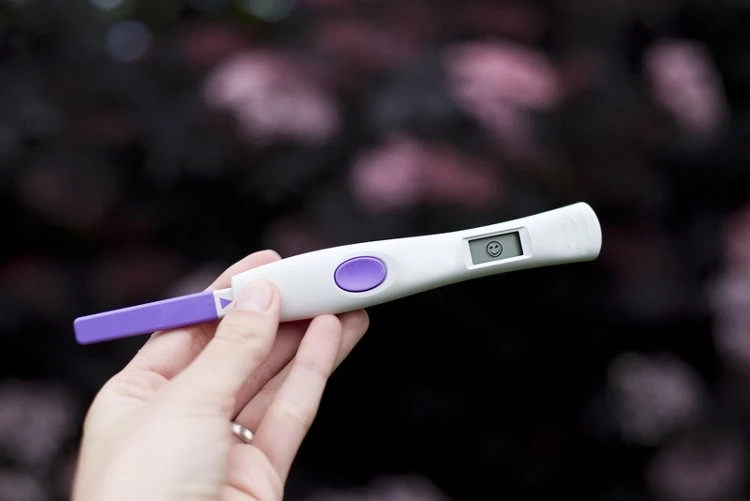Introduction
Discovering the days of ovulation is a critical step in the process of starting a family planning journey. You may calculate these days using easy procedures, which can increase your chances of getting pregnant and staying pregnant.
1. Basics of Ovulation:
Ovulation is the process where an egg is released from the ovary, ready for fertilization. This typically occurs in the middle of your menstrual cycle, around two weeks before your next expected period. Knowing your ovulation days helps maximize the likelihood of conception.
2. Menstrual Cycle Tracking:
The foundation of calculating ovulation days lies in understanding your menstrual cycle. Start by noting the first day of your menstrual period, and then count the number of days until the next period begins. This total length is your menstrual cycle length.
3. Ovulation Calendar:
An Ovulation Calendar is a straightforward tool that considers your menstrual cycle length to estimate your fertile window. Many online calculators are available, requiring you to input the first day of your last period and your typical cycle length.
4. Counting Method:
If you prefer a hands-on approach, you can use the counting method. Begin by identifying the length of your shortest and longest menstrual cycles from the past year. Subtract 18 from the length of your shortest cycle to determine your first fertile day. Subtract 11 from the length of your longest cycle to find your last fertile day.
5. Basal Body Temperature (BBT) Tracking:
Monitoring your Basal Body Temperature (BBT) is another method. Your BBT slightly increases after ovulation. Use a basal thermometer to track your temperature each morning before getting out of bed. A sustained increase indicates ovulation has occurred.
6. Cervical Mucus Observation:
Cervical mucus changes during the menstrual cycle. As you approach ovulation, it becomes clear, slippery, and stretchy – resembling egg whites. Monitoring these changes can provide insights into your fertile window.
7. Ovulation Predictor Kits (OPKs):
OPKs are available over the counter and detect the surge in luteinizing hormone (LH) that occurs 24-36 hours before ovulation. Follow the kit instructions to identify your most fertile days.
8. Regular Intercourse:
Engaging in regular intercourse every 2-3 days throughout your cycle increases the likelihood of conception. This approach eliminates the need for pinpointing specific ovulation days.
9. Factors to Consider:
It's important to note that factors such as stress, illness, or lifestyle changes can affect your menstrual cycle, potentially influencing ovulation. Therefore, flexibility in your approach is key.
10. Seeking Professional Guidance:
If you encounter challenges or have specific concerns, consulting with healthcare professionals is advisable. They can offer personalized advice, conduct fertility tests if necessary, and provide additional strategies for optimizing conception.
Conclusion:
Calculating ovulation days need not be a complex process. Whether you choose a digital tool, the counting method, BBT tracking, or a combination, the goal is to identify your fertile window. Gain knowledge to help yourself, pay attention to your body's signals, and never forget that adaptability and constancy are crucial elements of this process. Although these techniques help you better understand ovulation, seeking expert advice guarantees that your family planning objectives will be approached holistically.


